Ballast Postmortem
BALLAST, THE POSTMORTEM
I had the idea for Ballast just at the end of 2019. Then the pandemic began and I shelved my scribbles in a drawer and thought “Ah! Maybe one day” but I didn’t know when that would be. Coming from an art background, I always felt limited in my ability as a game developer because I lacked the fundamental programming knowledge to flesh things out and work with math. I wanted to change that for good. I wanted to have the confidence to jump into working with an idea and take it as far as I could. Devtober seemed like the perfect opportunity to do that, because it didn’t have a specific theme and it asked primarily for process, rather than pudding.
I’m a designer and an animator, so I knew I could always weigh heavier on aesthetics, but my main goal was to capture a specific idea I had in my head, which was very clear. Most of my gamedev endeavours before this started without a clear goal and went either nowhere, or somewhere I didn't expect them to go. Although this is fun, there is no way of measuring success without having set aims and constraints. That’s why I wanted to participate in this game jam. 1 month was perfect to test to see if I could stick to it and sustain my interest in my own idea. It seems to have worked.

THE MOLTEN CORE
The basic premise was that of a slow paced FPS horror where the player takes the role of a deep sea diver, diving deep down, onto the seabed, battling the things that should not be, looking for salvageable items and returning back to the surface before running out of oxygen. Simple, but the original idea was much more elaborate.
The diver would have a boat with which they could explore a drowned, post-climate-disaster Earth. As they explored the vast oceanpunk landscapes, they would encounter things on their radar, and once something was located (think of it like a random skirmish arena), the diver would choose to dive at that location to retrieve the items they were looking for. Furthermore, they would be able to upgrade their boat, their harpoon weaponry and the diving suit. Obviously, all of this was way beyond the scope of a month’s work, so I decided to aim for a proof of concept that was limited to combat, which I felt like was the core experience.
The main inspiration came from a mixture of my interest in thalassophobia and doom / sludge music. I liked the idea of exploring dark, murky, sunken cities whilst battling or avoiding horrible but interesting monsters. There is also a subtext of psychological exploration of going deep into the subconscious to recover old memories. But the vision in my head was clear: Murky waters, seaweed and silhouettes of eerie things accompanied by an ominous soundtrack.
PLANNING my PLAN
So I decided to divide October into 3 chapters. First 10 days would be programming the core prototype without any visual flair. Second 10 days were dedicated to creating the art, which would be things like concepting, modelling, rigging, animation and environment design. Last 10 days were putting everything together, making it work, creating sound design, composing music, testing, testing and more testing and then deciding to break things so I could test again.

DEEP LEARNING
When I started programming, my first objective was to flesh out the core dynamic of a heavy FPS. I think the biggest programming challenge was making controls feel good, second to making the enemies behave the way they do. I had a lot of trouble with Godot's Navmesh. I don't seem to understand exactly how it works, so using the Navmesh felt more like rolling a d20 and seeing what came out of it. The enemies’ behaviour is definitely clunky, but was acceptable to showcase the idea.
I love how the signal system works. It's very quick to wire up systems. Godot's integrated coding environment really shines with this. I'm still pretty new to Godot and GDscript. Although I have my reservations about how the materials are rendered, I’m eagerly waiting for 4.0.
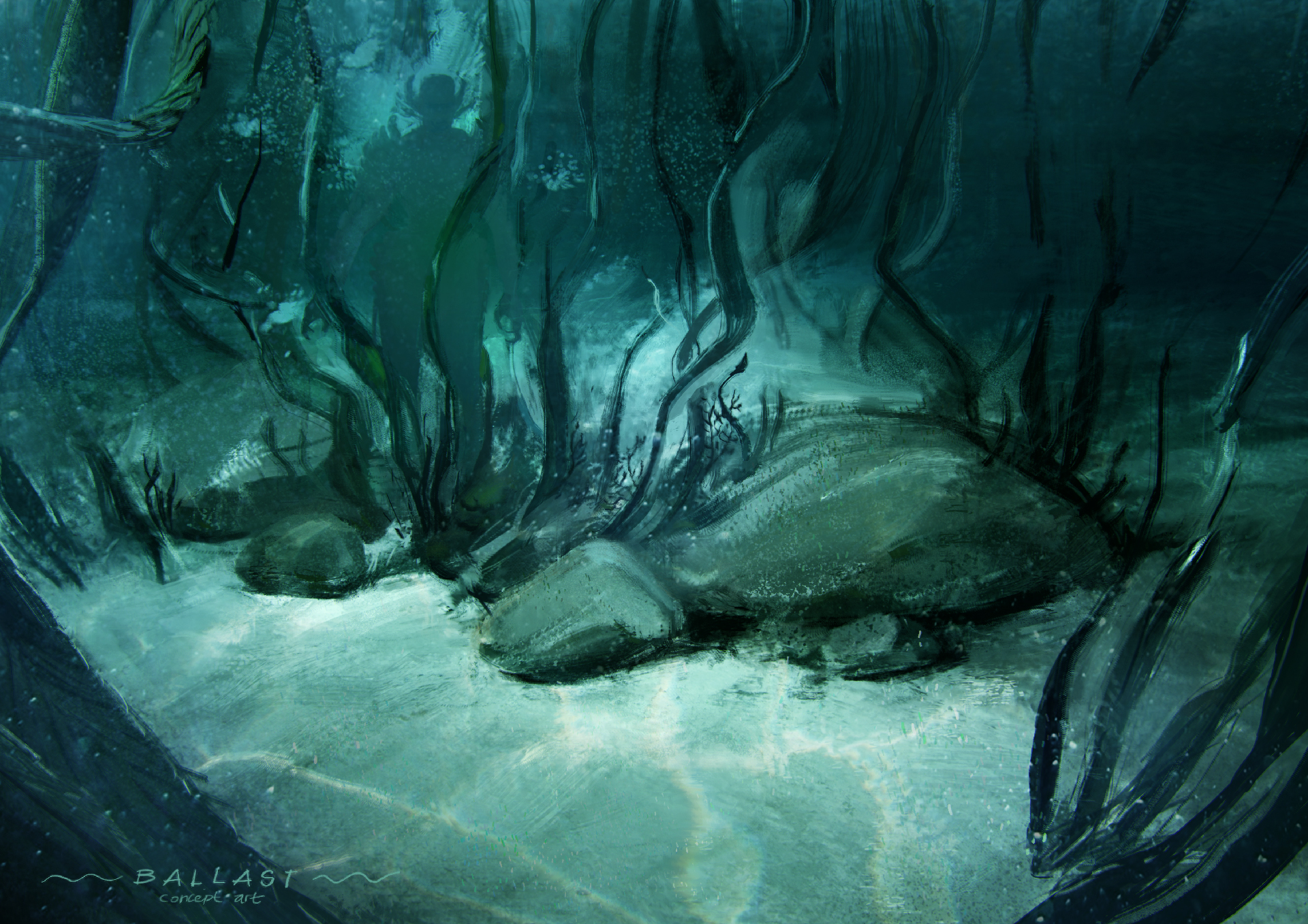
ART of the MURK
In terms of art and design, I didn't want to skip any steps for this project. Many occasions before, I would jump into processes without having created a guide for myself to follow. I would model without model sheets, create model sheets without concepts and paint concepts without a story. Never again.
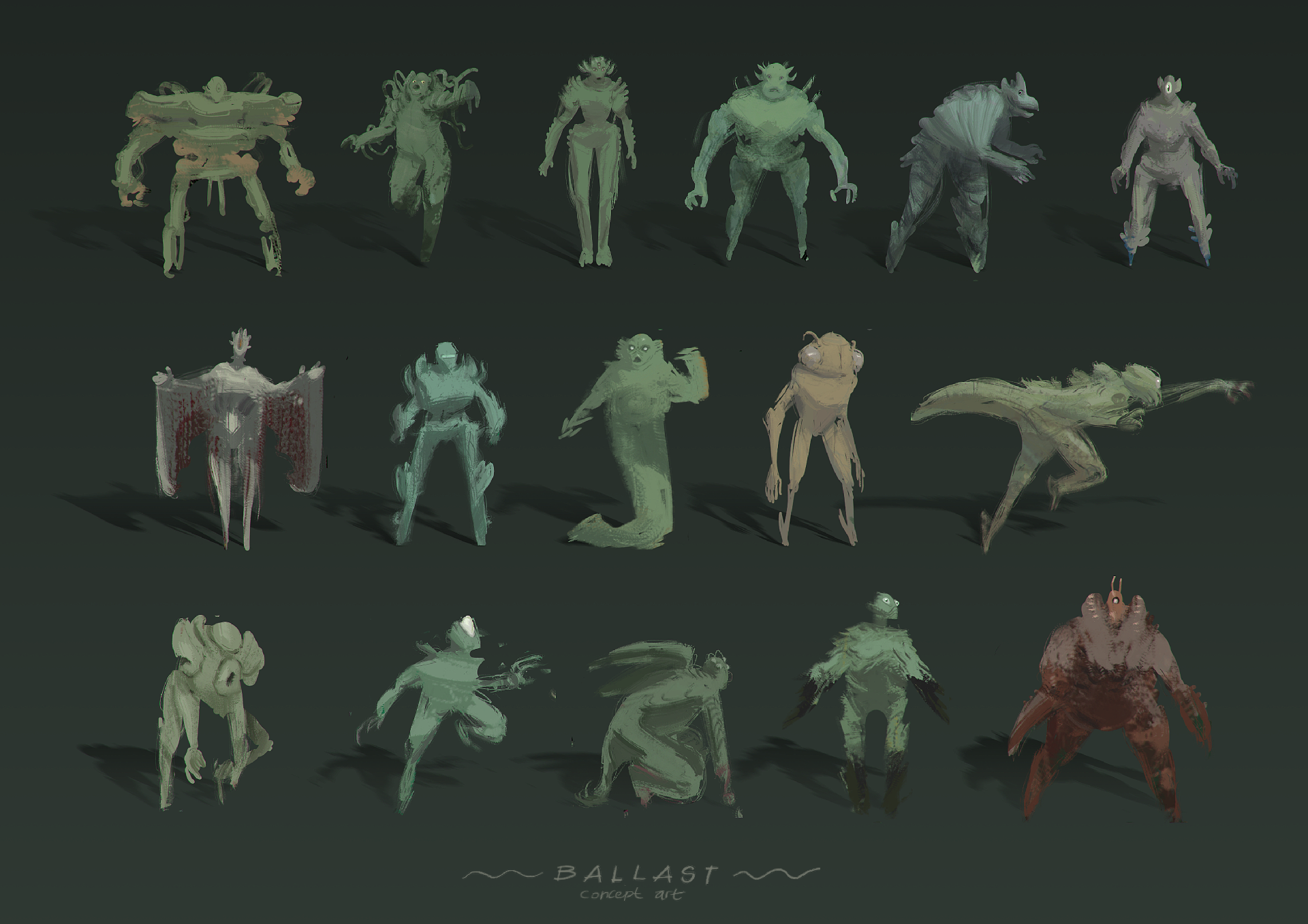
It's so much easier to design when you create your own safety nets. It makes the process more linear, faster and that feeling of making a mistake is eliminated. There is always a bedframe and it's a matter of increasing the resolution of whatever the thing you are designing is moving closer to. So for the main enemy in the game, The Gargoyle, I wanted to start from a silhouette, work it into a key concept, and then follow through with model sheets before I touched Blender.
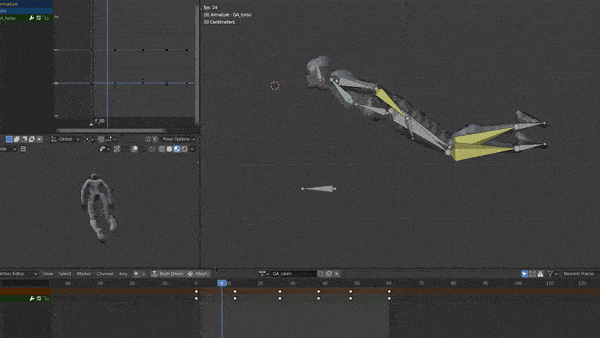
The gargoyle is a strange creature. It's third-organic, third-robotic and a third-supernatural. It was inspired by the 1950s Gillman mixed with the classic reptilian gargoyle aesthetic. They are androgenous and have a third eye. They represent a neutral demon of sorts. I felt like I captured the essence in my silhouettes, followed by the key art. One of the biggest challenges with this creature was getting the 3D model to have any of the essence of the concepts. I was worried when I began modelling, because something felt missing. I later realised the thing that was missing was movement. When I started animating the swim, I could breathe again.
Branding side of things make me so excited, I usually jump right into it, but this time I wanted to see how the game felt before I designed the logo for it. I knew I wanted something stretched and horizontal, inspired by 80s horror movie logos, with a sprinkle of Black Sabbath.
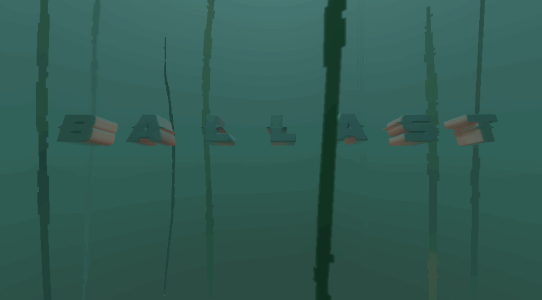
SOUND of THALASSOPHOBIA
Sound is hugely important in Ballast. I wanted the player to feel like they were heavy and way, way deep underwater. I sourced all the sounds from freesound.org and mixed them in Audition. I also created the title music, which is heavily inspired by the sounds of industrial / doom genres, crossed with 90s DOS Adlib music from early Infogrames and MicroProse games. One of the biggest challenges of creating the sounds were A: Balancing sounds to get that underwater feel without making the game feel too bassy, and B: The fact that I had only 2 days left to finish everything…
RESURFACING
I managed to create a level where the player has a radar (blinking red light on their suit. I didn’t want any HUD in this game) that indicated how close they were to find the precious salvagable item in that level. Faster the blink, closer the player was to the jewels. Once you find the item, you return to the anchor that brought you down. It’s got to be the simplest game design concept, but I was proud to have coded it the way I did it, and I also felt it added a layer of dread to the game, as if it didn’t have enough of it already.
One thing that I regret (which contradicts my points about processes earlier) is not having designed a proper level. The current design is overly simplistic and doesn’t have much going for it in terms of guiding the player. I’m hoping to fix that as I implement more interesting objectives to design the levels with.
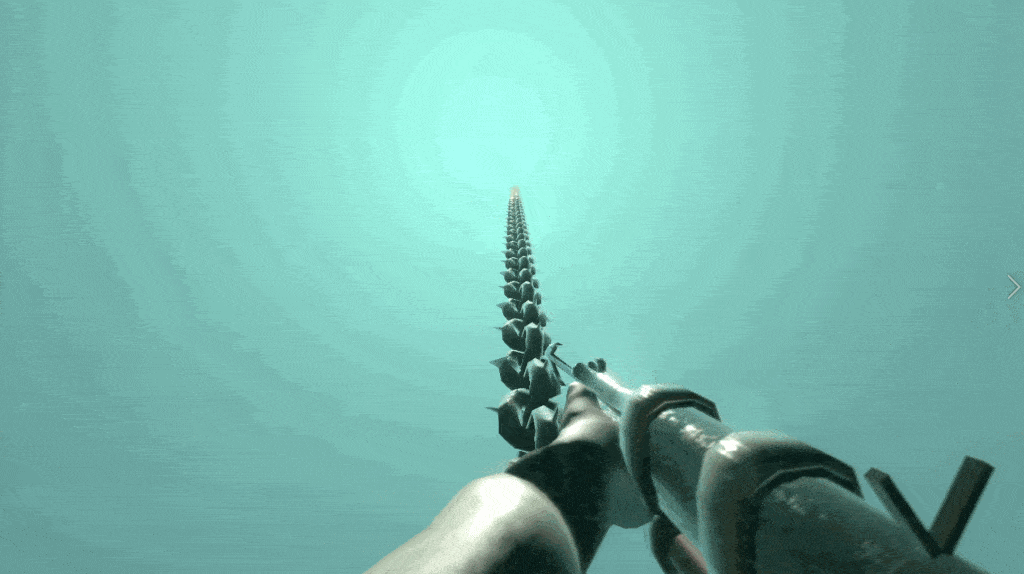
CLOSING THOUGHTS
It would be an understatement to say that the last few days of development was intense. There were some dark moments of not having any idea how to fix the errors I was getting. Thankfully, the Godot community seems to have answered almost all my questions. Main challenge was identifying exactly what my problems were.
Thank you for taking an interest in my game Ballast and making it all the way down here. I will continue the development as I’m even more interested in my idea than before. I would also like to thank the Godot and Devtober community for all answers and encouragement.
Get Ballast
Ballast
Oceanpunk Horror FPS
| Status | In development |
| Author | baybora |
| Genre | Action |
| Tags | FPS, Horror, oceanpunk, underwater |
More posts
- NEW UPDATE (Version MileStone)Apr 09, 2021

Leave a comment
Log in with itch.io to leave a comment.